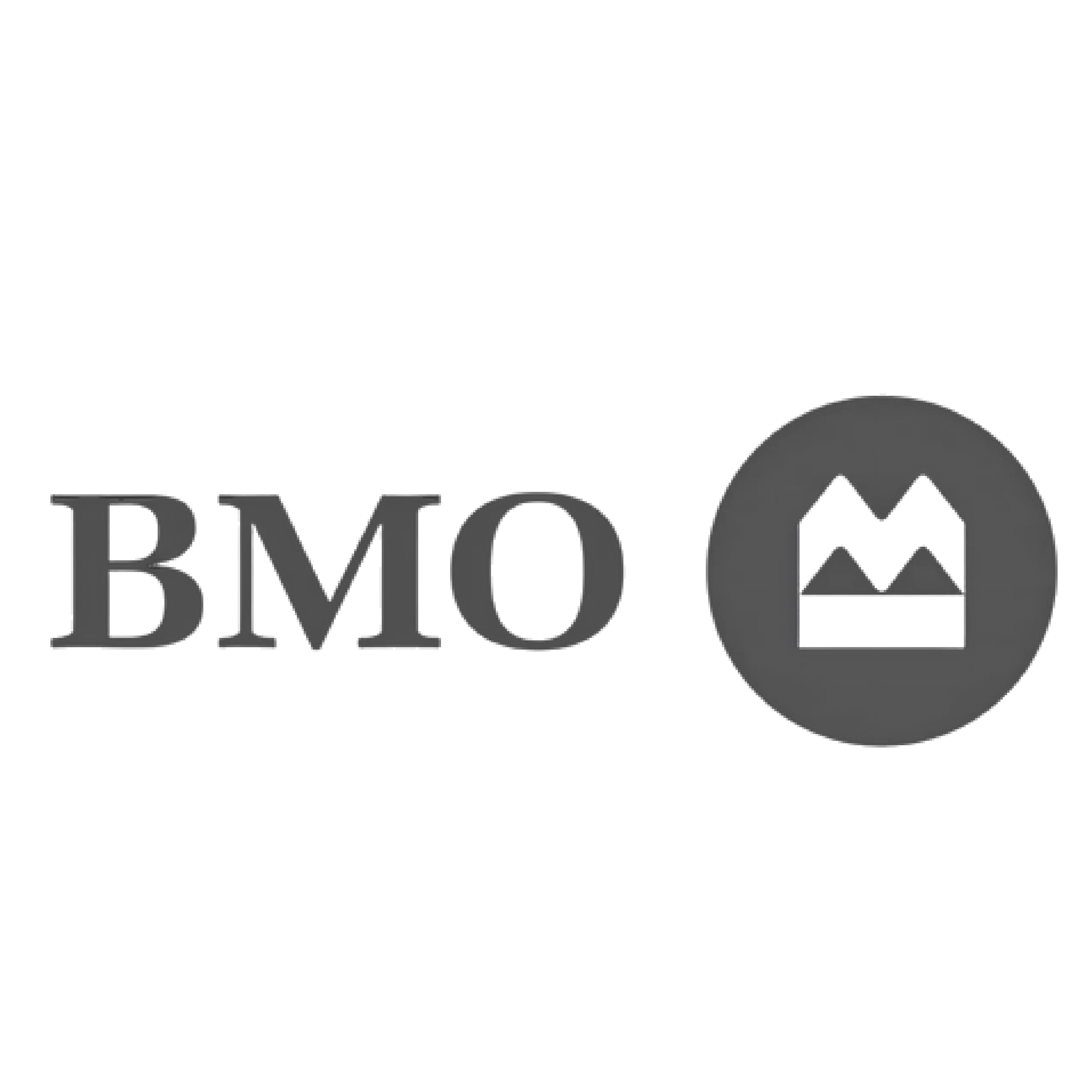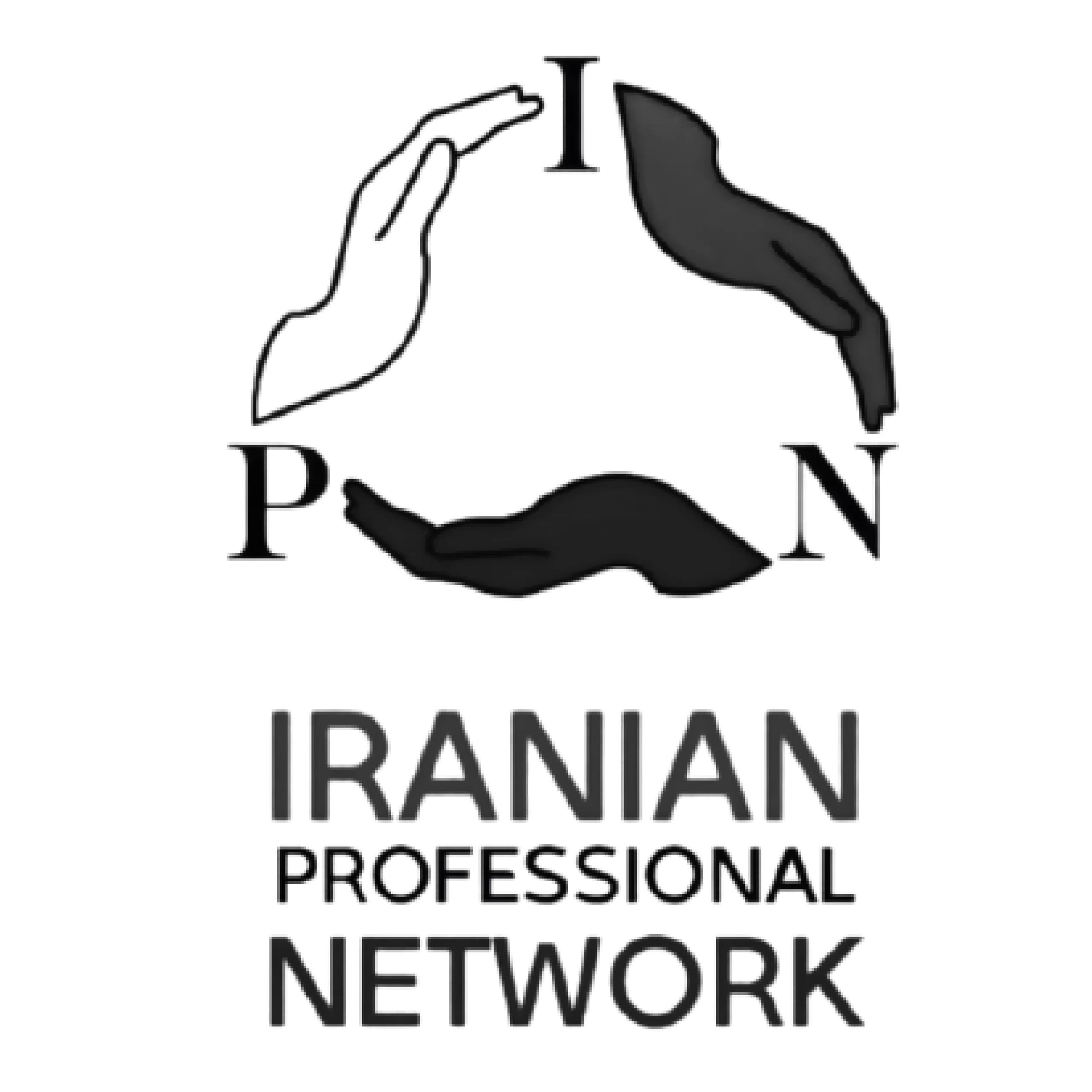Welcome to the world of branding, where every detail matters in shaping perceptions and building connections. At Adoragency, we specialize in designing unforgettable brand experiences that captivate audiences and drive success. From logo design to storytelling, we infuse creativity and strategy into every aspect of your brand identity. With our expertise in branding, Adoragency helps businesses stand out in crowded markets and leave a lasting impression on customers. Join us on a journey of innovation and distinction as we redefine what it means to build a brand.
What is a brand?
A brand is essentially a product or company’s identity and personality. It’s the collection of associations, perceptions, and emotions that people have when they think about or interact with that particular product, service, or company.
The brand encompasses things like the name, logo, slogans, design, and the overall vibe or image the company wants to project. But it goes beyond just the visuals – it’s also about the experiences, emotions, and connections people have with the brand.
What Are the Best AI Marketing Tools in 2024?
For example, when you think of Apple, you likely picture sleek product designs, an innovative and modern brand personality, and a perception of Apple being a luxury, high-quality tech brand. Their brand resonates deeply with people through elements like the iconic Apple logo, minimalist styling, and brand language like “Think Different.”
A strong brand helps companies stand out, build customer loyalty, and allow them to (ideally) charge premium prices. It gives consumers a reason to choose one product over another, even if the core offering is very similar. That’s why companies invest so heavily in developing and managing their brands through marketing, advertising, product design, customer service, and more.
What is an advertisement and why are important?
The most successful brands foster a true emotional connection with customers. People don’t just buy the product, they buy into the brand’s image, values, and the symbolic meanings attached to it. That’s the real power of branding when it’s done well.
What is branding?
Branding is the process of creating and shaping a brand. It involves developing and implementing strategies to build a unique identity, personality, and image for a product, service, or company in the minds of consumers. The key aspects of branding include:
- Brand Identity – This involves creating the visual elements that represent the brand, such as the name, logo, colors, fonts, and overall design aesthetic. These elements should be distinctive and consistent across all brand touchpoints.
- Brand Positioning – Defining the brand’s unique value proposition, target audience, and competitive differentiation in the market. This positioning guides the brand’s messaging, tone, and personality.
- Brand Story – Designing a compelling narrative that connects with the target audience emotionally. This story communicates the brand’s history, mission, values, and the bigger “why” behind the brand.
- Brand Experience – Ensuring that every interaction customers have with the brand, from marketing to product usage to customer service, delivers on the brand promise and reinforces the intended brand personality.
- Brand Promotion – Using various marketing channels and tactics (advertising, social media, events, etc.) to increase brand awareness, build brand associations, and drive customer engagement.
What is an advertisement and why are important?
Effective branding requires a cohesive, long-term strategy that permeates through all aspects of a business, from product development to employee training to customer touchpoints. The goal is to create a unique, memorable, and emotionally resonant brand that stands out in consumers’ minds and builds lasting brand equity and loyalty.
Branding vs. Marketing
Branding:
- Focuses on creating and shaping the identity, personality, and perception of a product, service, or company
- It’s about establishing an emotional connection and relationship with customers
- Branding aims to build long-term value, recognition, and loyalty for an entity
- Key branding elements include the name, logo, taglines, visuals, tone and brand story
- Branding is a proactive process that gives a unified direction and purpose
Marketing:
- Focuses on promoting and selling products/services through strategic campaigns
- Marketing activities involve the 4Ps – product, price, place, and promotion
- Marketing often has shorter-term goals tied to customer acquisition and increasing sales
- Core marketing tactics include advertising, PR, promotions, email, content, etc.
- Marketing initiatives are more reactive based on current goals and market conditions
While distinct, branding and marketing are closely interconnected:
- A strong brand identity informs and guides the marketing strategy and campaigns
- Effective marketing reinforces and strengthens the brand perception in consumers’ minds
- Brand equity and awareness are built through consistent marketing over time
Branding lays the foundational elements and serves as the North Star for all marketing efforts. Marketing then brings that brand identity to life through campaigns that engage and attract customers.
The Importance of Branding
Branding plays a crucial role in the success of any business, and its importance cannot be overstated. Here’s an elaboration on the key points you mentioned:
1. Influencing purchasing decisions
A strong brand can significantly influence consumers’ purchasing decisions. When customers have a positive association and emotional connection with a brand, they are more likely to choose that brand over competitors, even if the products or services are similar. Branding helps differentiate offerings and creates perceived value in the minds of consumers.
2. Creates an identity for your business
Branding establishes a unique identity for your business, making it recognizable and memorable. A well-crafted brand identity, including elements like the name, logo, color scheme, and overall visual aesthetic, helps your business stand out in a crowded market. It’s the face of your company that customers can relate to and connect with.
3. Helps customers remember your business
Effective branding makes it easier for customers to recall your business. Consistent and distinctive branding elements act as mental triggers, enabling customers to quickly identify and remember your products or services. In today’s saturated market, having a memorable brand is crucial for staying top-of-mind with consumers.
4. Boosts advertising and marketing
A strong brand identity serves as the foundation for all advertising and marketing efforts. It provides a consistent look, feel, and messaging that reinforces brand recognition and loyalty. Branding also helps your marketing campaigns resonate better with your target audience, making them more effective and impactful.
5. Builds employee support
Branding is not just about external perception; it’s also crucial for internal culture and employee engagement. A well-defined brand with clear values and a compelling mission can foster a sense of pride and purpose among employees. When employees understand and embrace the brand, they become brand ambassadors, delivering better customer experiences and contributing to the overall success of the business.
In essence, branding is a powerful tool that transcends mere product or service offerings. It creates an emotional connection with customers, builds trust and loyalty, and ultimately contributes to the long-term success and growth of a business. Companies that prioritize and invest in strong branding strategies often enjoy a competitive advantage and increased brand equity over time.
Brand Strategy Guide
Building a strong and effective brand strategy is essential for any business that wants to establish a memorable identity, resonate with its target audience, and stand out in a competitive market. Here’s an expansion on the points you mentioned, along with some guidance on how to approach each aspect:
1. Company Profile Templates
A company profile is a crucial component of your brand strategy as it defines the core elements of your business. It should include:
- Company Overview: A brief description of your company, its history, mission, and values.
- Products/Services: A comprehensive list of the offerings you provide, including their unique features and benefits.
- Target Market: Clearly define your ideal customer personas, their demographics, pain points, and buying behaviors.
- Competitor Analysis: Research and analyze your direct and indirect competitors, their strengths, weaknesses, and positioning in the market.
Creating a detailed company profile will help you understand your brand’s foundation and inform the subsequent steps in your brand strategy.
2. Company Culture Code Template
Your company culture plays a significant role in shaping your brand identity and how it is perceived by both employees and customers. A company culture code should outline:
- Core Values: Identify the fundamental beliefs and principles that guide your organization’s actions and decision-making processes.
- Mission and Vision: Clearly articulate your company’s purpose, goals, and long-term aspirations.
- Employee Behaviors: Define the expected behaviors, attitudes, and work ethics that align with your company culture.
- Communication Guidelines: Establish guidelines for how employees should communicate internally and externally, ensuring consistency with your brand voice and tone.
By documenting your company culture code, you create a framework that helps maintain brand consistency and alignment across all touchpoints.
3. Value Statement Templates
Your brand’s value statements communicate the unique benefits and value propositions your products or services offer to customers. These statements should be concise, and memorable, and differentiate your brand from competitors. Value statement templates should include:
- Customer Pain Points: Identify the specific challenges, problems, or needs your target customers face.
- Product/Service Benefits: Highlight the key features and advantages of your offerings that address those pain points.
- Unique Selling Proposition (USP): Designing a compelling USP that sets your brand apart and communicates why customers should choose you over others.
- Brand Promises: Make clear and realistic promises about the experiences and outcomes customers can expect from your brand.
Well-crafted value statements are essential for positioning your brand effectively and resonating with your target audience. Remember, building a strong brand strategy is an ongoing process that requires continuous refinement and adaptation as your business evolves. By consistently referring to and updating these templates, you can ensure that your brand remains relevant, resonant, and aligned with your company’s goals and values.
What is SEO and How Does it Work?
How to Create a Brand
Building a strong and cohesive brand is crucial for any business that wants to establish a memorable identity, connect with its target audience, and stand out in a competitive market. Here’s an expanded guide on how to create a brand, based on the points you provided:
1. Determine your target audience
Before you can craft an effective brand, you need to understand who your ideal customers are. Conduct market research to identify your target audience’s demographics, interests, pain points, and buying behaviors. This knowledge will inform the messaging, visuals, and tone of your brand, ensuring it resonates with the right people.
2. Establish your mission statement
Your mission statement defines your brand’s purpose and reason for existing. It should clearly articulate what your business aims to achieve and the value it brings to customers. A well-crafted mission statement serves as a guiding principle for your brand’s actions and decision-making.
3. Define your unique values, qualities, and benefits
What makes your brand different from competitors? Identify the core values, qualities, and benefits that set your products or services apart. These unique selling points will shape your brand’s positioning and messaging, and help you communicate why customers should choose you.
4. Create your visual assets
Visual elements are essential for building brand recognition and memorability. This includes developing a logo, color palette, typography, imagery style, and overall aesthetic that accurately represents your brand’s personality and resonates with your target audience. Consistency across all visual assets is key.
5. Find your brand voice
Your brand voice is the unique tone, language, and personality you use to communicate with your audience. It should align with your brand’s values and identity, and be consistent across all channels, from website copy to social media posts to advertising campaigns.
6. Put your branding to work
Once you’ve defined your brand’s elements, it’s time to implement them consistently across all touchpoints. This includes your website, social media profiles, marketing materials, product packaging, customer service interactions, and more. Consistent branding reinforces recognition, builds credibility, and helps forge stronger emotional connections with your audience.
How to Brand Your Business by Channel
1. Website
Your website is often the first touchpoint for potential customers, so it’s crucial to reinforce your brand through visuals, content, and user experience.
- Design the website using your brand colors, fonts, logos, and visual elements consistently.
- The tone and voice of the website copy should align with your brand personality.
- Ensure a cohesive user experience that reflects your brand values (e.g., simplicity, innovation, etc.).
- Optimize the website for your brand name and relevant keywords to improve search engine visibility.
2. Social Media
Social platforms allow you to directly interact with your audience and showcase your brand personality.
- Create profiles with consistent branding elements like profile pictures, cover images, and bios.
- Develop a content strategy that aligns with your brand voice and values, while engaging your target audience.
- Use branded hashtags, filters, and creative assets to maintain visual consistency across platforms.
- Respond to comments and messages in a way that reflects your brand’s customer service approach.
3. Packaging
Product packaging is a tangible representation of your brand that customers interact with directly.
- Design packaging with your brand colors, logos, and visual elements prominently displayed.
- The packaging should communicate your brand’s key values and unique selling points.
- Consider incorporating unique textures, shapes, or materials that reinforce your brand personality.
- Ensure packaging aligns with your brand’s sustainability or eco-friendly values, if applicable.
4. Advertising
Advertising campaigns should consistently communicate your brand’s unique value proposition and positioning.
- Use branded visuals, slogans, and messaging that align with your brand identity and tone.
- Choose advertising channels and platforms that align with your target audience’s preferences.
- Maintain a consistent look and feel across all advertising materials, from print to digital.
- Measure and optimize advertising campaigns based on their ability to reinforce and amplify your brand.
What is Digital Marketing? | How it helps to grow our business?
5. Sales and Customer Service
Your sales and customer service teams are brand ambassadors who directly shape customer perceptions.
- Train employees on your brand’s values, mission, and key selling points to ensure consistent messaging.
- Develop brand guidelines for customer interactions, including tone, language, and problem-resolution approaches.
- Consider branded uniforms, business cards, or branded environments (e.g., store design) for a cohesive experience.
- Encourage employees to embody and exemplify your brand’s values through their actions and attitudes.
Consistent branding across all channels helps reinforce brand recognition, builds trust and credibility, and ensures a cohesive customer experience. Regularly evaluate and refine your branding efforts to adapt to changing customer preferences and market dynamics.
Branding Terms to Know
- Brand Awareness: This refers to how familiar consumers are with a brand and how easily they can recognize or recall it. Brand awareness is crucial for influencing purchasing decisions and establishing brand equity.
- Brand Extension: A brand extension is when a company uses an existing brand name to introduce new products or services in different categories. For example, Apple extended the iPhone brand into smartwatches with the Apple Watch.
- Brand Identity: The visible components of a brand including the name, logo, colors, fonts, taglines, and overall visual aesthetic that makes it recognizable. A strong brand identity creates associations and differentiation.
- Brand Management: The strategic process of overseeing all elements and activities that shape and influence a brand, from positioning to marketing to customer experiences. Effective brand management builds brand equity over time.
- Brand Recognition: The ability of consumers to differentiate a brand from competitors through visual cues like logos, packaging, or advertisements. Brand recognition is driven by consistent exposure and marketing.
- Brand Trust: The credibility and confidence consumers place in a brand based on their cumulative experiences and perceptions. Building brand trust leads to brand loyalty and advocacy.
- Brand Valuation: Methods for estimating the total financial value and potential future earnings of a brand based on brand equity metrics like awareness, loyalty, and market share. A brand’s valuation influences a company’s overall worth.
Understanding these terms is important for developing an effective brand strategy that resonates with customers, differentiates from competition, and drives business growth over the long term.
Branding Tips for Small Businesses
1. Treat your brand like a person
Developing a brand personality helps make your brand more relatable and memorable. Imagine your brand as an actual person; what personality traits would it have? How would it communicate? What values would it embody? Fleshing out these human-like characteristics allows you to better connect with your target audience on an emotional level.
what is content marketing and why should we use it?
2. Prioritize consistency
Consistency is vital for building brand recognition and trust. Use the same logo, color palette, fonts, imagery style, tone of voice, and key messaging across all channels – website, social media, print materials, product packaging, customer service interactions, etc. Even small inconsistencies can undermine your brand’s professional appearance and confuse customers. Develop thorough brand guidelines to maintain consistency.
3. Follow a brand strategy
Don’t just slap a logo on everything – take a strategic approach. Outline your brand’s purpose, core values, unique selling proposition, target audience, competitive positioning, and desired brand personality. This brand strategy document guides all your branding efforts to ensure alignment with your business goals. Review and update it regularly.
4. Do not let inspiration turn into imitation
While taking inspiration from successful brands is wise, be careful not to simply copy them. Your brand must be truly unique to stand out. Study what makes other brands resonate, but put your authentic spin on it. Differentiation is key for a memorable brand identity that customers will connect with emotionally.
5. Use branding to hire
Your employees are brand ambassadors, so use your brand to attract people who embody its values and personality. Make your brand identity clear in job postings. During interviews, assess if candidates align with and can genuinely reflect your brand. Hiring people who fit your culture ensures consistent brand experiences.
Developing a compelling brand is especially crucial for small businesses needing to make a big impact in crowded markets. Consistent, distinctive branding builds recognition, credibility, and customer loyalty – providing a solid foundation for growth.
How Adoragency can help you with Branding?
At Adoragency, we understand that a strong brand is the foundation of any successful business. In today’s crowded marketplace, it’s not enough to simply have a great product or service – you need to create an unforgettable brand that resonates with your target audience on an emotional level. That’s where we come in.
Our team of branding experts will work closely with you to uncover the essence of your brand, designing a compelling narrative that sets you apart from the competition. We’ll help you define your brand’s purpose, values, and personality, ensuring that every touchpoint with your customers is a seamless and consistent experience.
However, we do not just stop at strategy – we bring your brand to life through visually stunning designs that capture the heart and soul of your business. From iconic logos to captivating graphics and eye-catching packaging, our award-winning design team will create a visual identity that leaves a lasting impression.
At Adoragency, we believe that branding is more than just a pretty face – it’s about building trust, loyalty, and emotional connections with your customers. That’s why we take a holistic approach, ensuring that your brand is consistently reflected across all channels, from your website and social media presence to your physical locations and customer service interactions.
Let Adoragency be your partner in brand-building success. With our expertise in strategy, design, and execution, we’ll help you create a brand that not only stands out but also drives real, measurable results for your business.
Conclusion
In conclusion, branding is a powerful tool that shapes how consumers perceive a product, service, or organization. It goes beyond just a logo or a name; it is about creating a unique identity, building emotional connections, and fostering loyalty. By effectively communicating values, personality, and differentiation, branding influences consumer decisions and ultimately contributes to the long-term success of businesses. A strategic investment can drive growth, enhance reputation, and leave a lasting impact on the market.
FAQs
1. What is branding?
Branding is the process of creating a unique name, design, symbol, or other feature that identifies a product or company and differentiates it from others in the market. It’s about shaping the brand’s identity, personality, and perception in consumers’ minds.
2. Why is branding important?
Effective branding provides many benefits like increased brand recognition, stronger emotional connections with customers, differentiation from competitors, credibility and trust, and ultimately higher sales and brand equity/valuation.
3. What elements make up a brand?
Core brand elements include the name, logo/visual identity, taglines/messaging, color palette, fonts, imagery style, personality traits, voice/tone, and associated experiences that cumulatively shape the brand’s identity.
4. How do I develop a brand strategy?
Start by defining your brand’s purpose, values, target audience, unique selling proposition, competitive positioning, and desired brand personality. Then create visual identity guidelines and messaging frameworks to ensure consistency. Map out how to bring the brand to life across all customer touchpoints.
5. What makes a brand successful?
Successful brands have a clear, differentiated identity that authentically reflects their purpose and resonates emotionally with their target customers. They maintain consistency, build trust through quality products/services, and evolve thoughtfully over time.
6. How can small businesses build strong brands?
Treat your brand like a person with its personality. Prioritize brand consistency across all channels. Develop purposeful brand strategies rather than generic branding. Find inspiration from other brands without directly copying them. Leverage your brand by hiring brand ambassadors.
















































